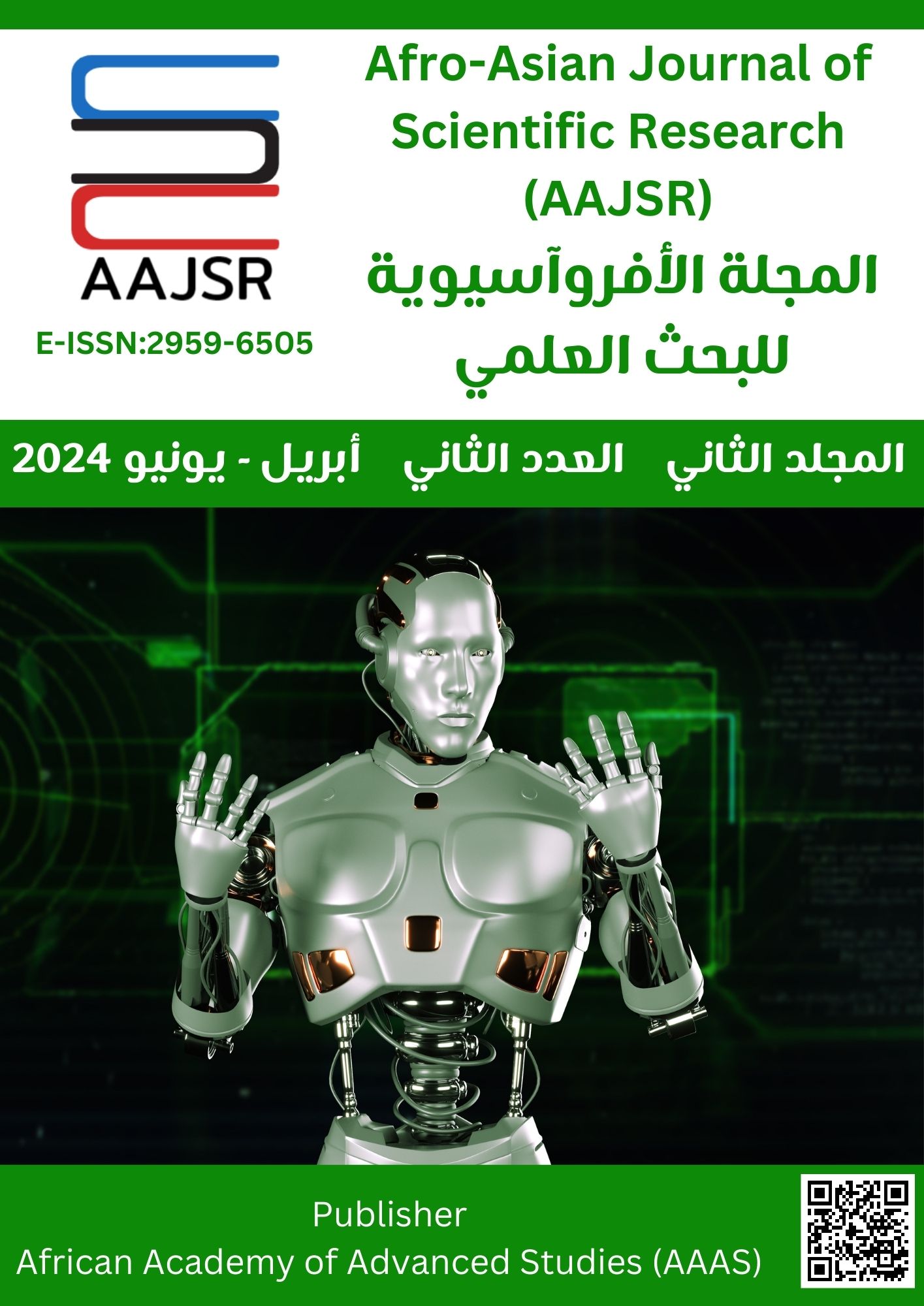Influence of Cutting Conditions on Surface Roughness During Milling of AISI 1060 Steel
الكلمات المفتاحية:
Milling process, ANOVA, Surface roughness, AISI 1060 Steel, Taguchi methodالملخص
Chip-forming operations are referred to as "machining" in the engineering community, and this word is found in several dictionaries. The machining of metals and alloys is essential to many industrial processes, including the ultra-precision machining of incredibly delicate components. Metal cutting is typically connected with large enterprises that produce large items. The process of milling involves passing a workpiece through a rotating multiple teeth cutter to remove material. Due to the high tolerances and surface finishes that milling can offer, it is ideal for adding precision features to a part whose basic shape has already been formed. In this study AISI 1060 steel was used as workpiece material. Three cutting parameters were chosen namely; cutting speed, depth of cut and cutting feed. The cutting tests take place using a traditional milling machine of trade mark Frezarka FWD 32 to apply suitable speeds used normally in real machining processes. Based on the design of experiments using Taguchi method, a matrix of twelve tests is implemented. Based on the results of this work, it can be concluded that there is a good relationship between the cutting conditions and the average surface roughness, Ra. Thus, the roughness of the surface during milling can be optimized by the choose of the suitable cutting values of speed, feed and depth of cut.






